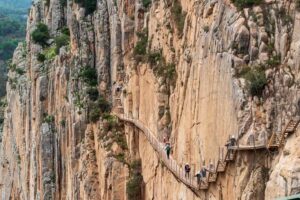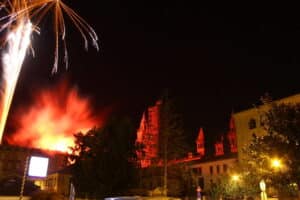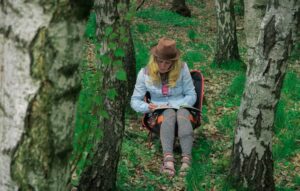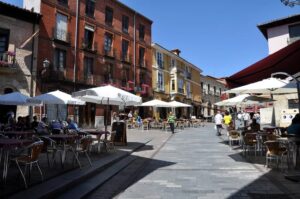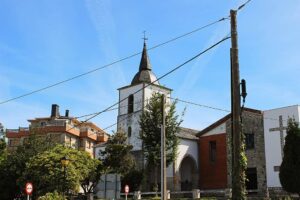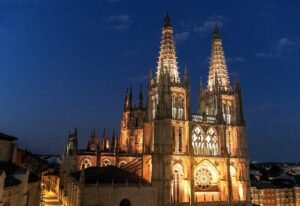Nájera, the Rioja town that was a kingdom. This is what you will hear many times when you are planning your trip here. It is a beautiful city that is just 27 kilometers away from Logroño, with an impressive cultural heritage and a long historical past.
In fact, as another interesting fact about Nájera, you should know that even one stages of the French Camino de Santiago It was modified so that it could reach the city and thus the pilgrims would know its beauty and charm.
Índice de contenidos
A destination with great history
Nájera, comes from Arabic Naxara, which translates as a place between rocks and is a very good description of the geographical location of this municipality. Crossed by the Najerilla River, it had its origin during the pre-roman period. However, its maximum splendor occurred during the Middle Ages when it was granted the name of kingdom.
As we have already told you, at the beginning It was not part of the Camino de Santiago route. However, the King Garcia Sanchez He ordered that the route be modified to include it.
And, according to legend, the sovereign was hunting when his falcon escaped and he had to chase him into the middle of the forest. In the end, he reached a cave where he found a small altar with the image of the Virgin Mary next to the baby Jesus.
After the discovery, he ordered the construction of the Monastery of Santa María la Real, a place where kings and members of the royal family belonging to the Kingdom of Pamplona-Nájera would later be buried.
Later, in 1076, King Alfonso VI Nájera joined Castilla. It became a settlement of Jews who, together with the passage of pilgrims, led the city to a fairly prosperous time. However, in 1465, Enrique IV of Castile, ceded the territory to Pedro Manrique de Lara, II Count of Treviño, although it was official until 1482.
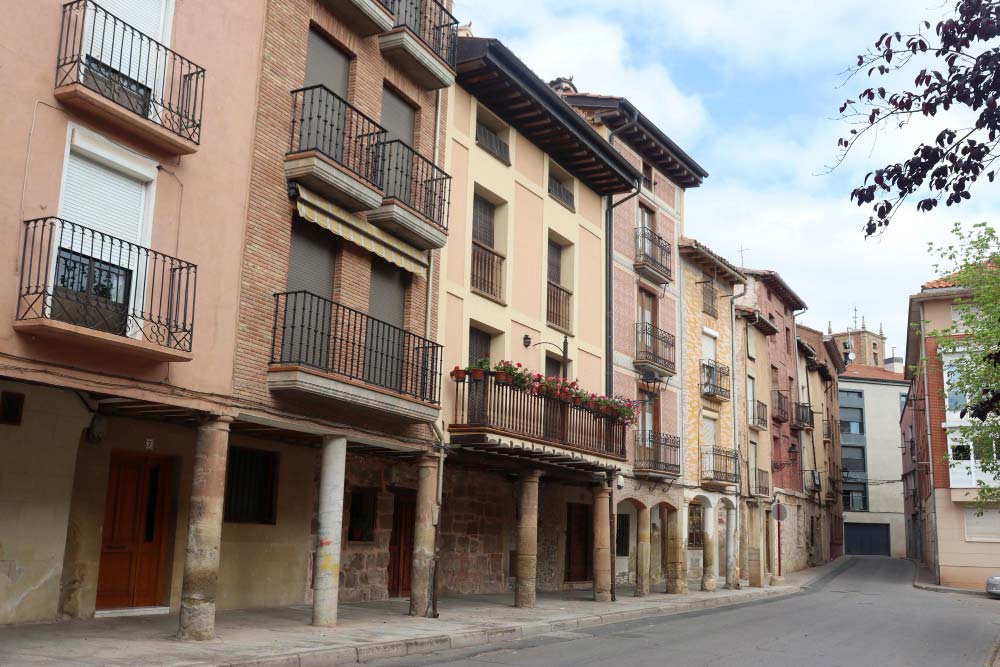
Since the 17th century, it gradually lost importance on a commercial level, until it finally remained a quiet place, which is part of the Camino de Santiago.
If you are planning a weekend getaway to Nájera or even thinking about hiring the services of a company to do the Camino de Santiago, here we leave you a list of the places you should see in that city:
Remains of the castle and the Real Alcázar of Nájera
Although today only ruins remain, In the past there were several fortresses here whose purpose was to monitor and defend the territory and the population from enemy attacks.
La Rioja Alta played a border role during the Reconquista period and Nájera was one of the strongest places. Here the Muslims built a castle on the hill of La Mota, conquered in the year 923 by the king of Pamplona, Sancho Garcés I.
When the president died, he left the domain in the hands of his son, who after the destruction of the city of Pamplona on the part of the Muslims, he decided to move his residence to Nájera. Hence acquired the name of Kingdom of Nájera-Pamplona until 1076.
In the middle of this slope, right between the town and the castle, a fortress that served as a residence for the kings of Nájera and later as Ducal Palace, for the dukes of Nájera. This last title was created by the Catholic Monarchs for the rulers of the city.
Both buildings were preserved throughout the medieval period, witnessing royal visits and important battles until the 16th century, when they were abandoned.
Monastery of Santa María La Real
We already told you how its origin was, but you should know that throughout history it was used as episcopal seat, convent and family mausoleum of the royal family of Pamplona-Nájera. In 1889 it was declared a National Monument and Asset of Cultural Interest.

Its exterior presents a fortress appearance partly due to the rounded buttresses, while Inside, the Gothic arches and the different small chapels. The church, for its part, has a baroque style main altarpiece.
El royal mausoleum It is located inside the cave where legend tells how King García Sánchez found the altar of the Virgin.
Najera caves
You should know that the hills surrounding Nájera are full of caves. In the past they had function serve as a lair for the defense of the population against enemy attacks. Some were excavated artificially, however, they have not been used for several centuries. You can see them while taking a walk along the Najerilla River.
Najerillense Museum
There is no better place to learn a little more about the history of the city than in the Najerillense Museum. Here you can enjoy the impressive collection of historical pieces, with objects ranging from from Prehistory to the Middle Ages.
Among the pieces that you can see, stand out Roman and Celtiberian ceramics, coats of arms of the old houses of wealthy families, as well as Mudejar tiles that come from the Alcázar of Nájera.
This museum is located in what was once the Abbot’s Palace of the monastery, further ahead the monastic apothecary and much further ahead, the town jail.
Nájera and the Camino de Santiago
Nájera is a mandatory stop on the French route, which is one of the main variants of the route. Pilgrims who follow this route pass through Nájera on their way to Santiago de Compostela.
In addition to the already mentioned monastery of Santa María La Real, Nájera has a medieval charm with cobblestone streets and historic architecture. Pilgrims can enjoy the unique atmosphere of the city while exploring its streets and monuments.
Each town along the French Way has its charm, from Roncesvalles but also Or Pedrouzo, one of the last towns you will find in your trip of the French way from Sarria to Santiago de Compostela organized. So enjoy every experience on your pilgrimage.
Routes of the Camino de Santiago that may interest you
If you liked the Camino de Santiago, with its wonderful views, you cannot miss other pilgrimage routes to Compostela.
- El Northern Way, which runs along the coast of the Cantabrian Sea from west to east, and you can do it in about 35 stages.
- El Portuguese Way to Santiago, leaving from Porto, passing through Viana do Castelo and Vigo, can be done in two weeks.
- El Camino de Santiago through Tui, which although it begins in Lisbon, many decide to shorten it and start in Tui (Pontevedra).

